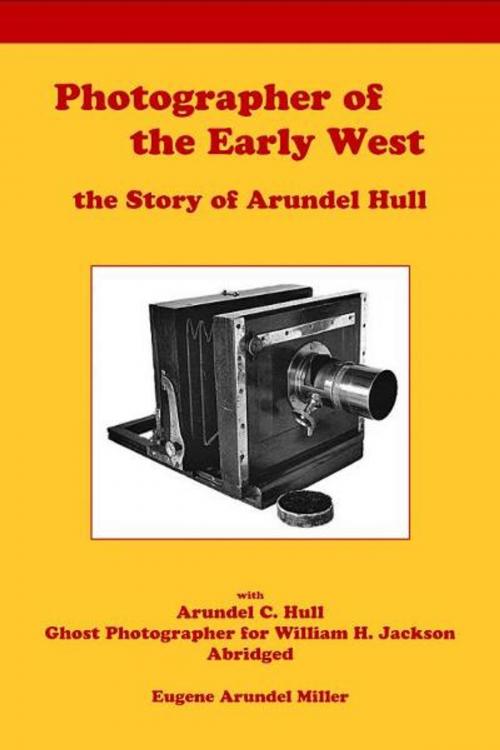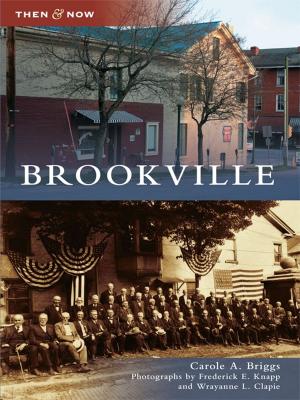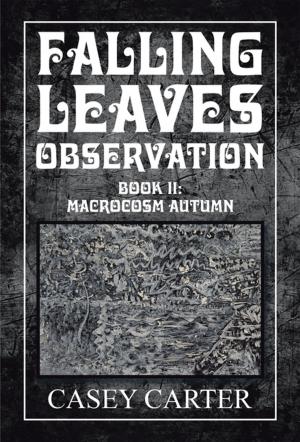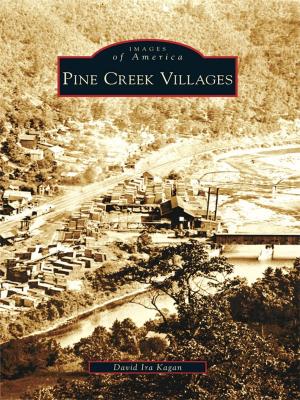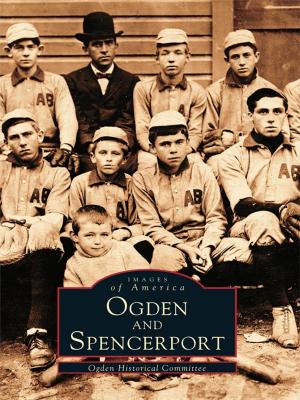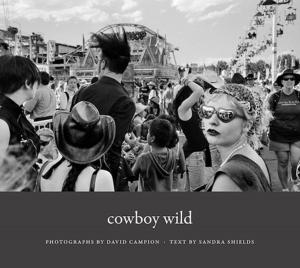Photographer of the Early West, the Story of Arundel Hull
Nonfiction, History, Modern, 19th Century, Biography & Memoir, Artists, Architects & Photographers, Art & Architecture| Author: | Eugene Miller | ISBN: | 9780988235908 |
| Publisher: | Eugene Miller | Publication: | August 28, 2012 |
| Imprint: | Smashwords Edition | Language: | English |
| Author: | Eugene Miller |
| ISBN: | 9780988235908 |
| Publisher: | Eugene Miller |
| Publication: | August 28, 2012 |
| Imprint: | Smashwords Edition |
| Language: | English |
As a young boy Arundel C. Hull became fascinated with newly developed wet-plate photography. He apprenticed in a St. Paul Minnesota gallery then at age 17 opened his own studio in St Cloud. After three years the lure of greater adventure led him to Omaha where the building of the Union Pacific Railroad was the center of excitement. He made many pictures of the town and businesses and jointed E. L. Eaton working at Omaha' first portrait studio.
In the spring of 1867 Hull gathered his photographic equipment and supplies then boarded west-bound trains on the newly established railroad. Stopping at towns along the way, he was often the first photographer to document the emerging towns such as early Grand Island, Plum Creek (Lexington), North Platte, and Ogallala.
He traveled into Wyoming, and the Colorado Gold country making photographs of Blackhawk, Central City and Georgetown then back into Wyoming, to Cheyenne, Laramie, and Green River, before running out of customers.
Early in 1869, after returning to Omaha, Hull was back at Omaha's photographic studio now owned by newly arrived Jackson brothers. In mid-year Hull and Jackson responded to the Union Pacific's promise to buy photographs from out along their line. The pair traveled west, stopped briefly in Cheyenne, then into the Utah canyons and out to Promontory, arriving shortly after the historic Golden Spike event.
Soon after returning to Omaha Hull moved on to Fremont where he established his own gallery then married, and led the town with his innovations and civic involvement. Hull contributed generously toward the town's development assisting in the construction of a large creamery, school, a telephone system, and electrification.
He was active in the volunteer fire department, Masonic Lodge 859, Signet Chapter 8 of Royal Arch Masons, and Knights Templar.
For many years Hull stored the glass plate negatives of his work including shots of Chief Sitting Bull's first photo. Unfortunately, a tenant of Hull's gallery pitched the collection wiping out much of Hull's prior work of note.
The Hull's photography is striking, indicative of Hull's eye for beautiful composition, And his ability, during his travels, to carry out the complicated processes using a portable black box as a darkroom.
As a young boy Arundel C. Hull became fascinated with newly developed wet-plate photography. He apprenticed in a St. Paul Minnesota gallery then at age 17 opened his own studio in St Cloud. After three years the lure of greater adventure led him to Omaha where the building of the Union Pacific Railroad was the center of excitement. He made many pictures of the town and businesses and jointed E. L. Eaton working at Omaha' first portrait studio.
In the spring of 1867 Hull gathered his photographic equipment and supplies then boarded west-bound trains on the newly established railroad. Stopping at towns along the way, he was often the first photographer to document the emerging towns such as early Grand Island, Plum Creek (Lexington), North Platte, and Ogallala.
He traveled into Wyoming, and the Colorado Gold country making photographs of Blackhawk, Central City and Georgetown then back into Wyoming, to Cheyenne, Laramie, and Green River, before running out of customers.
Early in 1869, after returning to Omaha, Hull was back at Omaha's photographic studio now owned by newly arrived Jackson brothers. In mid-year Hull and Jackson responded to the Union Pacific's promise to buy photographs from out along their line. The pair traveled west, stopped briefly in Cheyenne, then into the Utah canyons and out to Promontory, arriving shortly after the historic Golden Spike event.
Soon after returning to Omaha Hull moved on to Fremont where he established his own gallery then married, and led the town with his innovations and civic involvement. Hull contributed generously toward the town's development assisting in the construction of a large creamery, school, a telephone system, and electrification.
He was active in the volunteer fire department, Masonic Lodge 859, Signet Chapter 8 of Royal Arch Masons, and Knights Templar.
For many years Hull stored the glass plate negatives of his work including shots of Chief Sitting Bull's first photo. Unfortunately, a tenant of Hull's gallery pitched the collection wiping out much of Hull's prior work of note.
The Hull's photography is striking, indicative of Hull's eye for beautiful composition, And his ability, during his travels, to carry out the complicated processes using a portable black box as a darkroom.
